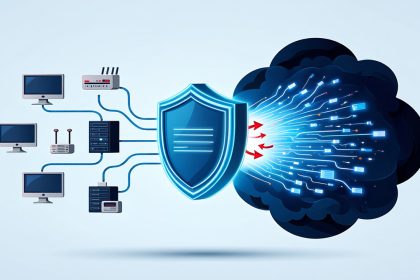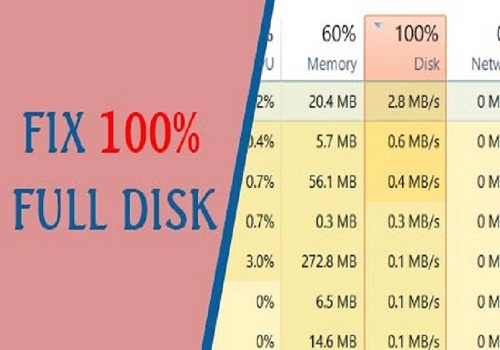Windows Event Viewer is a built-in diagnostic tool in Windows that lets users view system logs, detect errors, and monitor security events—all in one place. It’s essential for troubleshooting crashes, investigating suspicious activity, and maintaining a healthy PC.
I first discovered Windows Event Viewer when my laptop kept crashing without warning. Buried in the system tools, it helped me trace the issue to a failing hard drive—just in time to prevent data loss.
Windows Event Viewer is a built-in tool in every Windows version (Home, Pro, Enterprise) that lets you monitor and analyze:
- System behavior – track crashes, errors, and performance issues
- Security events – detect failed logins and policy changes
- Application logs – debug software problems with detailed entries
In this 2025 guide, you’ll learn how to use Event Viewer to troubleshoot smarter, spot hidden risks, and keep your PC running smoothly.
What is Windows Event Viewer?
Windows Event Viewer is a built-in Windows utility that provides access to detailed logs of everything happening on your PC—from system operations and app behavior to login attempts and security changes. Whether you’re investigating a crash or checking for suspicious activity, this tool offers a centralized way to see what’s really going on under the hood.
In simple terms, Windows Event Viewer collects and organizes event data into categories like Application, System, and Security. Each entry includes timestamps, event IDs, and descriptions, giving users a timeline of system activity that can be reviewed for troubleshooting or audits.
Definition: Windows Event Viewer is a native tool in all Windows editions that helps users monitor performance, diagnose errors, and audit security by reading structured event logs.
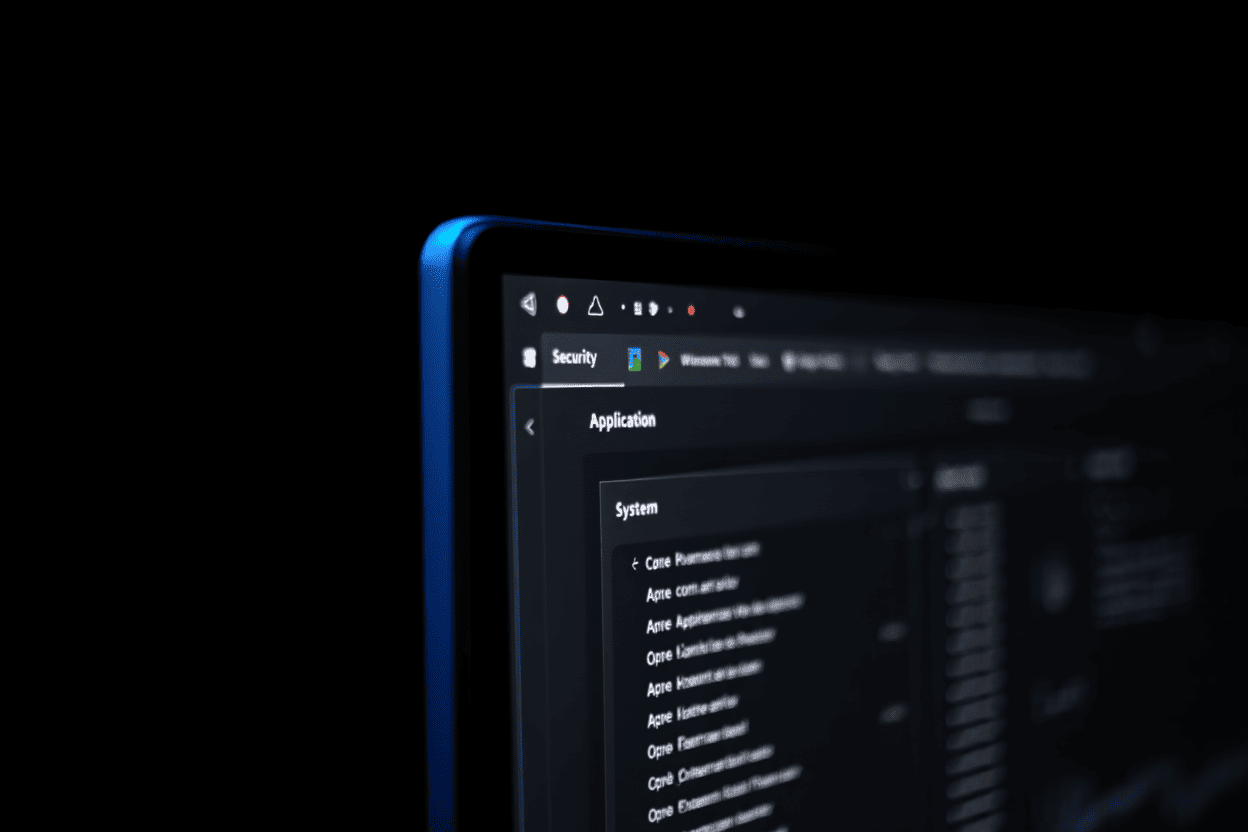
Knowing what Windows Event Viewer is sets the foundation for understanding its powerful use cases—which we’ll explore next.
Why Is Windows Event Viewer Important?
Understanding What Is Windows Event Viewer gives you a clearer picture of why this tool is essential for maintaining system stability and cybersecurity. Beyond simply displaying logs, Windows Event Viewer provides actionable insights that let users catch problems early, trace the source of issues, and protect their PCs proactively.
Whether you’re investigating driver failures or monitoring login activity, learning What Is Windows Event Viewer and how it works can give you a serious edge.
- System Health Monitoring: Tracks errors and warnings to prevent system crashes or hardware failures.
- Security Auditing: Monitors login attempts and security policy changes to detect unauthorized activities.
- Troubleshooting: Pinpoints the root causes of software crashes, driver failures, and malfunctioning applications.
- Compliance and Audit Trails: Maintains logs required for regulatory compliance and forensic analysis.
- Proactive Maintenance: Identifies patterns that signal emerging problems before they impact users.
For example, a corrupted driver causing repeated blue screens can be quickly identified by examining critical error events, allowing timely fixes. These real-world use cases demonstrate exactly What Is Windows Event Viewer used for in both home and enterprise environments.
Key Features of Windows Event Viewer
After understanding What Is Windows Event Viewer, it’s time to explore what makes this tool so powerful. At its core, it categorizes events into distinct logs that help users pinpoint issues quickly and act accordingly.
Here are the key features that illustrate What Is Windows Event Viewer capable of in real-world scenarios:
- Log Types: Event Viewer categorizes events into logs, each serving specific purposes:
- Application Logs: Records events from software applications, such as errors or messages generated by programs.
- System Logs: Contains system-level events related to Windows services, drivers, and OS components.
- Security Logs: Captures security-related events like login attempts, account changes, and audit successes or failures.
- Setup Logs: Tracks installation-related events including updates and system setup changes.
- Forwarded Events: Aggregates logs collected from remote systems for centralized monitoring.
- Event Filtering: Users can search or create custom views filtering events by levels (Error, Warning, Information), dates, sources, or event IDs to quickly locate relevant entries.
- Event Details: Each event contains critical metadata like Event ID, source application or system component, timestamps, and a detailed description, enabling precise diagnosis.
- Export and Save Logs: Event logs can be exported in formats like .evtx or .txt, facilitating detailed offline analysis or sharing logs with support teams.
- Real-time Monitoring: Event Viewer supports live monitoring of events, alerting admins to immediate issues such as failed user logins or application crashes.
By understanding these capabilities, users can fully leverage What Is Windows Event Viewer to improve system oversight and security response.
Who Uses Windows Event Viewer?
| Admins / IT Professionals | Home Users |
|---|---|
|
|
While IT professionals rely on Event Viewer for detailed diagnostics and security audits, even home users can leverage this tool to better understand and troubleshoot their systems. Softbuzz encourages everyday users to explore Event Viewer as a way to gain greater control and insight into their computers through our easy-to-follow guides.

How to Open and Navigate Windows Event Viewer
If you’re still wondering What Is Windows Event Viewer used for in practice, the first step is knowing how to access it. Fortunately, it’s built right into every Windows edition—no downloads needed.
Here’s how to get started:
- Launch Event Viewer: Press Windows + R, type
eventvwr.msc, and hit Enter; or search for “Event Viewer” in the Start Menu.
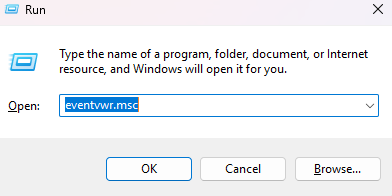
- Interface Overview: The left pane hosts the navigation tree with access to different logs (Application, Security, System, etc.). The center displays the list of events, sortable by date, level, or source. The bottom or right pane shows detailed information about the selected event.
- Searching and Filtering: Use the “Filter Current Log” option to search by event types like errors, warnings, or within a specific date range. For example, filtering to show only critical errors in the System log from the last 24 hours.
Once you begin navigating the interface, you’ll see just how useful it is—and why so many people search for What Is Windows Event Viewer when diagnosing issues.
Tip: If your PC keeps crashing and you can’t access Windows normally, try booting into Safe Mode first. It allows you to safely launch Event Viewer and review system errors without interference from unstable drivers or background processes.
Common Events and What They Mean
- Error: Signals a significant problem that may cause system malfunctions (e.g., Event ID 41 – unexpected shutdown).
- Warning: Indicates a potential issue that is not immediately critical but might become problematic.
- Information: Logs routine system or application operations, useful for understanding normal activities.
- Audit Success: Records successful security-related actions like logins.
- Audit Failure: Tracks failed attempts, often related to security breaches or unauthorized access.
| Event ID | Meaning | User Action |
|---|---|---|
| 41 | Unexpected shutdown or system reboot without clean shutdown. | Check hardware power supply or recent software changes. |
| 1000 | Application crash. | Identify and update or reinstall problematic application. |
| 4625 | Failed login attempt (Security Log). | Review for unauthorized access attempts; strengthen passwords. |
| 6008 | System was improperly shut down. | Investigate potential power issues or manual shutdowns. |
| 7036 | Service state change (started/stopped). | Verify expected behavior or troubleshoot service startup issues. |
Many warnings and informational events are typical and not cause for alarm. Understanding which events require attention helps users avoid unnecessary concern and focus on real problems.
Benefits of Using Windows Event Viewer
Knowing What Is Windows Event Viewer is only the beginning. The real value comes from how you apply it. This built-in Windows tool offers numerous benefits for both beginners and IT professionals.
Here’s why What Is Windows Event Viewer matters for day-to-day PC management:
-
Proactive Troubleshooting
Detects errors, warnings, and unusual behavior early—before they cause serious crashes or data loss. -
Enhanced Security Awareness
Tracks login attempts, access policy changes, and audit failures to uncover suspicious activity or potential breaches. -
Faster Support Resolution
Allows users or technicians to export and share precise event data, reducing guesswork and speeding up diagnosis. -
Deeper System Insight
Offers a transparent view into how your Windows system operates—useful for understanding crashes, slowdowns, or boot errors.
For example, you might notice repeated warnings about low disk space or service failures. In such cases, combining Event Viewer insights with cleanup tools like Disk Cleanup can dramatically improve system responsiveness.
- Reliable Record-Keeping
Maintains a historical log archive—crucial for compliance reporting, system audits, or forensic investigations. - Improved System Uptime
By identifying problems early, Windows Event Viewer helps reduce unplanned downtime and maintain overall performance stability. - Detection of Security Threats
Alerts you to failed login attempts, unusual file access, or signs of malware—allowing timely action. - Empowered Decision-Making
Gives everyday users the confidence to solve issues independently or speak knowledgeably with tech support.
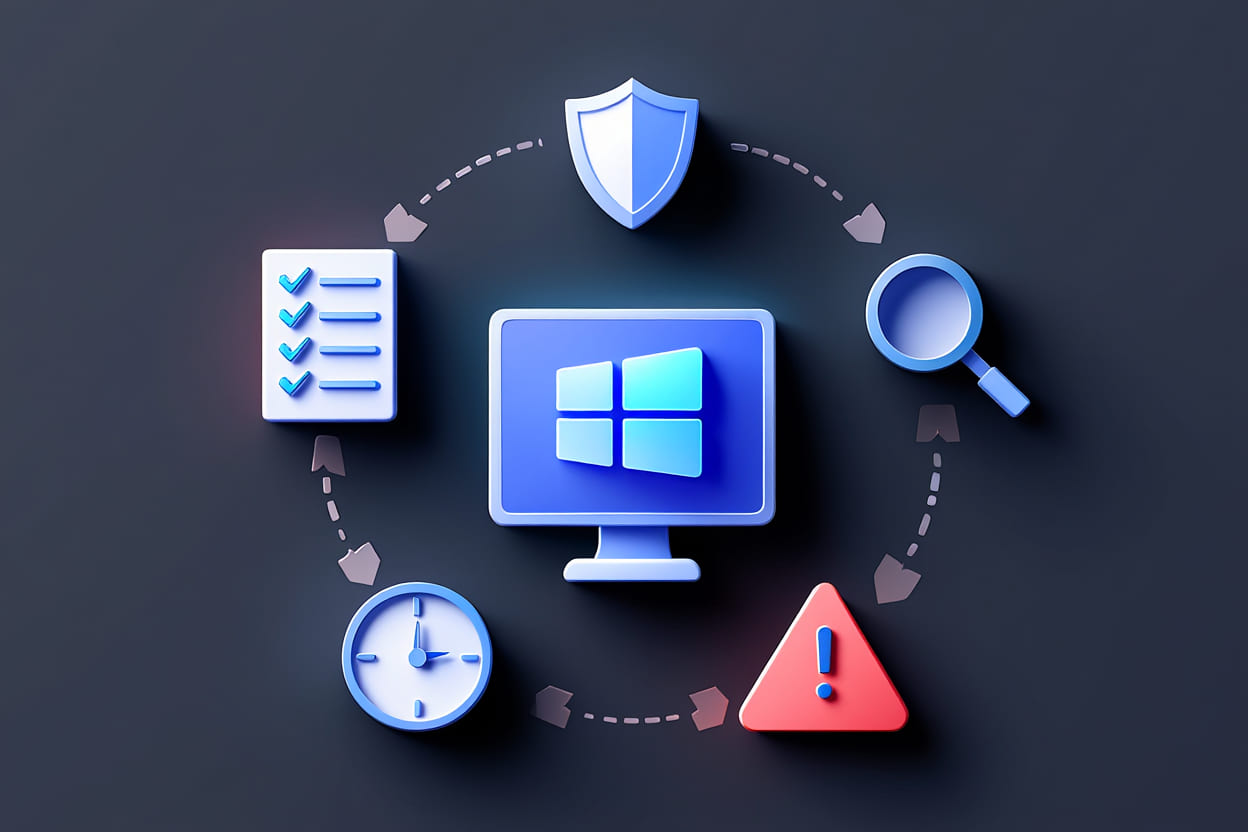
Real-world example: I once noticed recurring disk error logs through Windows Event Viewer—something I’d never have spotted otherwise. That alert prompted me to back up my data and replace the hard drive, saving me from a catastrophic loss.
Potential Limitations and Misunderstandings
- Not every warning or error indicates a critical problem; many are routine or recoverable.
- The Event Viewer interface can seem complex and intimidating to new users.
- Event logs describe what happened but do not automatically fix issues.
- Interpreting some logs may require technical knowledge to fully understand root causes.
It is important to approach Event Viewer as a diagnostic aid rather than a definitive troubleshooting solution. Users should avoid panicking over every event and instead focus on patterns or repeated critical entries.
Frequently Asked Questions about Windows Event Viewer
Q1: Is Windows Event Viewer safe to use?
A: Yes, Windows Event Viewer is a secure, read-only utility built into all modern Windows versions by Microsoft. It does not alter or affect system performance, and only displays event data already generated by your system. Using it is completely safe, even for non-technical users.
Q2: What is the difference between Application, System, and Security logs?
A: Each log type in Windows Event Viewer serves a unique purpose:
- Application logs: Track errors, crashes, and events generated by software programs.
- System logs: Record hardware interactions, Windows services, driver events, and OS-level operations.
- Security logs: Document login attempts, user permission changes, and other events related to system security and auditing.
Understanding these distinctions helps you interpret events more accurately.
Q3: Does Windows Event Viewer work on all Windows editions?
A: Yes, Windows Event Viewer is included in all editions—Windows Home, Pro, and Enterprise—ensuring universal access to system logs across devices. The interface and core features remain consistent, regardless of the edition used.
Q4: Can Windows Event Viewer remove viruses or fix errors automatically?
A: No, Windows Event Viewer is a monitoring tool, not a repair or antivirus solution. It helps users identify errors, detect suspicious activity, and understand system events—but any remediation or malware removal must be done separately using other tools like Windows Defender or manual fixes.
Q5: Are there alternatives to Windows Event Viewer for log analysis?
A: Yes. For advanced users or enterprise environments, several alternatives to Windows Event Viewer exist:
- Sysinternals Event Viewer (Microsoft)
- SolarWinds Event Log Analyzer
- ELK Stack (open-source log management)
These tools offer deeper analytics, real-time dashboards, and integrations for large-scale system monitoring.
Q6: How do I export logs from Windows Event Viewer for support?
A: To export logs, right-click on any log (e.g., System, Application) or filtered view in Windows Event Viewer, then select “Save All Events As…”. Choose the format .evtx (native) or .txt/.xml for compatibility. These files can be shared with IT support or archived for auditing and diagnostics.
Conclusion
What Is Windows Event Viewer is more than just a system log viewer—it’s a foundational tool for anyone serious about keeping their Windows environment running smoothly and securely. Whether you’re a seasoned IT professional or a curious home user, understanding how to interpret logs and trace issues can make the difference between a quick fix and hours of frustration.
Here’s what you’ve learned in this guide:
- What Is Windows Event Viewer and why it matters
- How to access, navigate, and filter event logs
- Real-world use cases for proactive troubleshooting and security
- The key features and benefits of mastering this native Windows tool
Getting comfortable with Windows Event Viewer isn’t just about solving today’s errors—it’s about building confidence, improving uptime, and becoming a smarter, more informed computer user.
Want to keep leveling up your Windows knowledge?


![What Is Windows Subsystem for Linux (WSL)? [FULL GUIDE 2025] 7 thumbnail what is windows subsystem for linux](https://softbuzz.net/wp-content/uploads/2025/07/windows-subsystem-for-linux-thumbnail-150x150.jpg)





